Time to relax and see the sights today with our guide Roberto from Miles and Miles. For whatever reason he chose not to tell us that he owns the company, although I suspected as much as he had more of an edge to him than the other guides. I guess 30 plus years of giving tours in Rome earns you the right to be plainspoken, and he was certainly with people who had no issues with that. I’d have liked to discuss the business end of his company with him, though. Perhaps next time.
On to Piazza Navona, and Bernini’s Four Rivers statue, where supposedly one of the river gods looks horrified at the Church of St. Agnes. It is said he’s supposed to be saying “That church is so ugly it’s gonna fall down.”
As Roberto picked us up at our hotel, which is down the street from the U.S. Embassy he shared a tidbit with us about the building. It was the palace of Princess Margherita. And how do we know Margherita? Pizza, of course; tomato, basil and mozzarella, the colors of the Italian flag.
We parked close to the Capuchin Crypts and there was a fountain nearby. Roberto informed us that the original aqueducts feed all of the fountains in Rome, and the water is clean and potable. I’d seen a woman filling a bottle from a fountain the day before and wondered what antibiotics she’d need to treat whatever she was gonna catch from that. But I was soon refilling my water bottle just like a Roman.
The crypt under the Church of Santa Maria della Concezione holds the bones of some 4,000 dead Capuchin monks, arranged in interesting designs around the skeletons of their brethren. It’s a testament to life’s brevity, “What you are, we once were. What we are, you someday will be.” Ashes to ashes… It was strange and eerie. I can’t imagine what it would be like to have been one of the monks, knowing your body parts would be worked into a display for all to see 400 years later…
Click on image to view full size
We had seen Scalinata della Trinità dei Monti the day before. Roberto explained that Shelley and Keats, both lovers of Rome (and each other, and whose museum is at the base of the Scalinata) couldn’t pronounce the name, hence The Spanish Steps they became. We took another closer look at Piazza del Papolo, and the Basilica of Santa Maria del Popolo, one of the more than 900 churches in Rome.
Click on image to view full size
On to Piazza Navona, and Bernini’s Four Rivers statue, where supposedly one of the river gods looks horrified at the Church of St. Agnes. It is said he’s supposed to be saying “That church is so ugly it’s gonna fall down.” Bernini’s student turned rival Francesco Borromini designed the church, but the church was built after the fountain so either the legend is wrong or Bernini was prescient.
Click on image to view full size
After a cappuccino break it was off to the Pantheon, originally a pagan temple but now a Catholic church dedicated to St. Mary and the Martyrs. The original pagan statues were carried away, now replaced with religious statues. Raphael’s tomb is there, a fitting memorial to one who created so much beauty in service to the church. The wow factor of the Pantheon is the building itself. Almost two thousand years after it was built, the Pantheon has the world’s largest unreinforced concrete dome.
Click on image to view full size
The building that it seems is so abhorred by Romans is the Wedding Cake, or the Victor Emmanuel Monument. The 43 foot long statue of Italy’s first king riding his horse is big enough that 20 men had dinner seated at a table in the horse’s belly; it is one of the biggest equestrian statues in the world. It was controversial because its construction destroyed a large area of the Capitoline Hill, and it was built of “corpse-white” marble, not the creamier marble of many of the structures in Rome. It does house the Tomb of the Unknown Soldier with an eternal flame and military guard. Maria Bergamas, a woman from Gradisca d’Isonzo whose only child was killed during World War I chose the body of the Unknown Soldier in 1921 from among 11 unknown remains. Her son’s body was never recovered.
Click on image to view full size
Many of our local guides and drivers live in the same house they were born in, and which had been in their families for generations. That certainly provides for loyalty and long lasting relationships in a neighborhood, and having a friend to whose restaurant you can bring your clients. Osteria dei Pontifica has been just outside the Vatican since 1959, and is owned by Roberto’s best friend. We had a lovely lunch in the company of clergy, both alive and in paintings on the walls. Red wine, more great bread and an antipasto plate of fresh mozzarella with arugula, prosciutto, grilled carrots and eggplant, white beans and bruschetta was followed up by lasagna and tortellini. I joked with Anita that we’d come a long way from the Chef Boyardee or our youth. A chocolate cassata with fresh strawberries and whipped cream, and a glass of Limoncello topped off the meal.
Click on image to view full size
We looked through the keyhole at the Knights of Malta Gate. The Italian state recognizes the sovereignty of this ancient Military Order, which mean there are actually three nations and three national capitals contained within Rome: Italy, the Vatican, and the Knights of Malta. Through this hole you can see three countries.
Click on image to view full size
We drove to the Circus Maximus, now a public park, and tried to imagine chariot races. Next we headed to the Church of St Mary in Palmis, better known as Chiesa del Domine Quo Vadis, a small church southeast of Rome on the Appian Way. It is on the site where, according to the legend, Saint Peter met a resurrected Jesus while the former was fleeing persecution in Rome. Peter asked Jesus, “Lord, where are you going?” (Latin: Domine, quo vadis?). Jesus answered, “I am going to Rome to be crucified again”. A reproduction of the mold of the footprints of Christ left from that interaction are in this church, the original mold is at San Sebastiano ad Catacumbas, the church at the catacombs of San Sebastian down the road. Obviously no one can prove positively these are real, but it does make one reflect on the possibilities.
Click on image to view full size
The catacombs, underground burial places in Rome served as places Christians could hide from the Romans, have funerals, and bury their dead in peace. These particular catacombs were temporary resting places for San Sebastian, for which it was named, as well as Saints Peter and Paul. The footless corpse found was deemed to be St. Peter, as he was crucified upside down. His remains are now in the tombs at St. Peter’s Basilica. St. Sebastian was shot full of arrows, and that didn’t kill him. The Romans eventually had to club him to death. I’d say these guys earned their martyrdom.
Did that itinerary seem like madness? I will say that one more date would have made my head explode, but the tour was quite doable. We didn’t come close to seeing the 900 churches, but we made a tiny dent. And enjoyed our time with Roberto; he tells it like it is, and takes a pretty good picture to boot.
Click on image to view full size
Tomorrow – the Ancient Roman Tour.





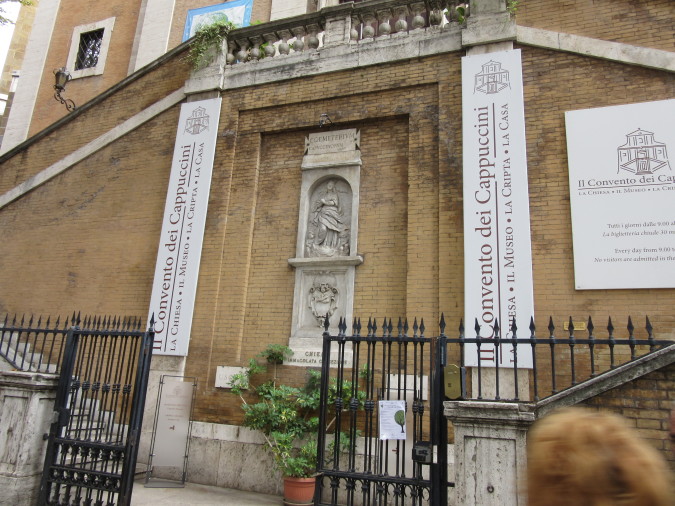
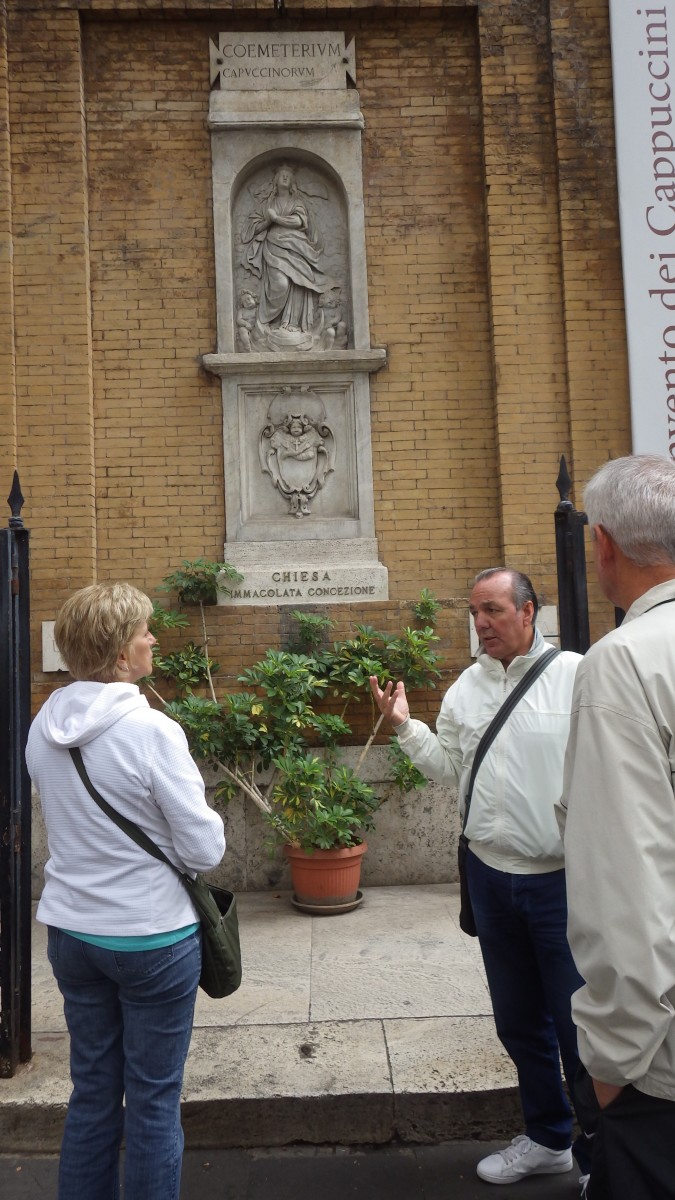




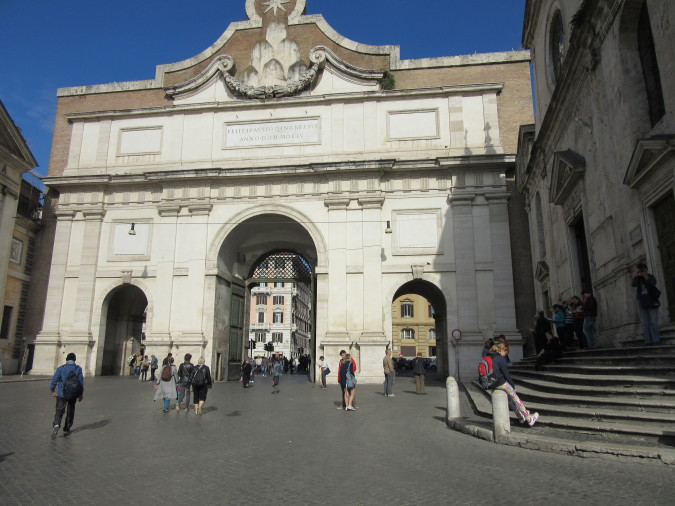
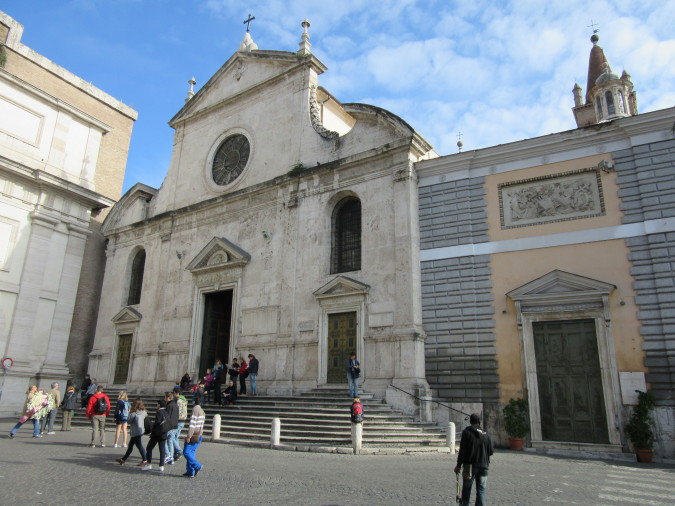




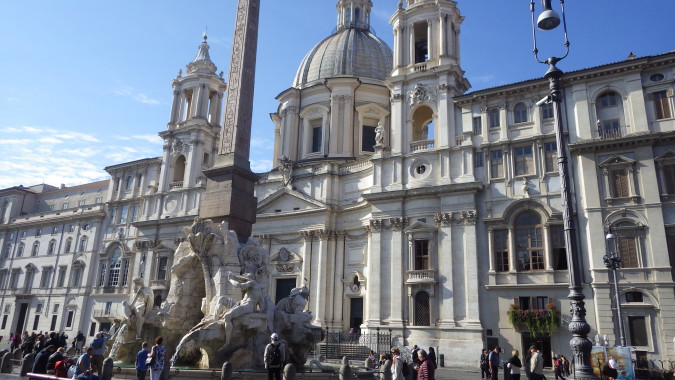
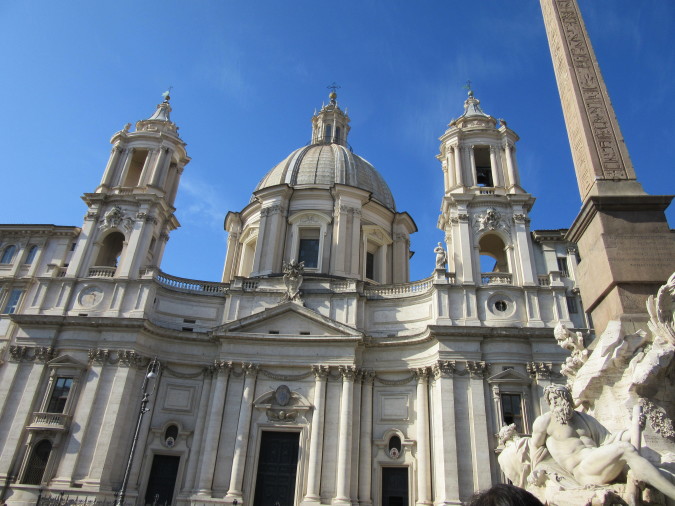








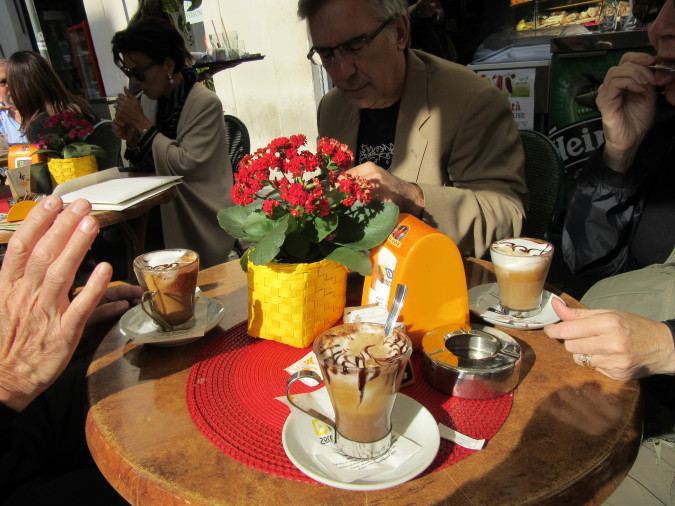
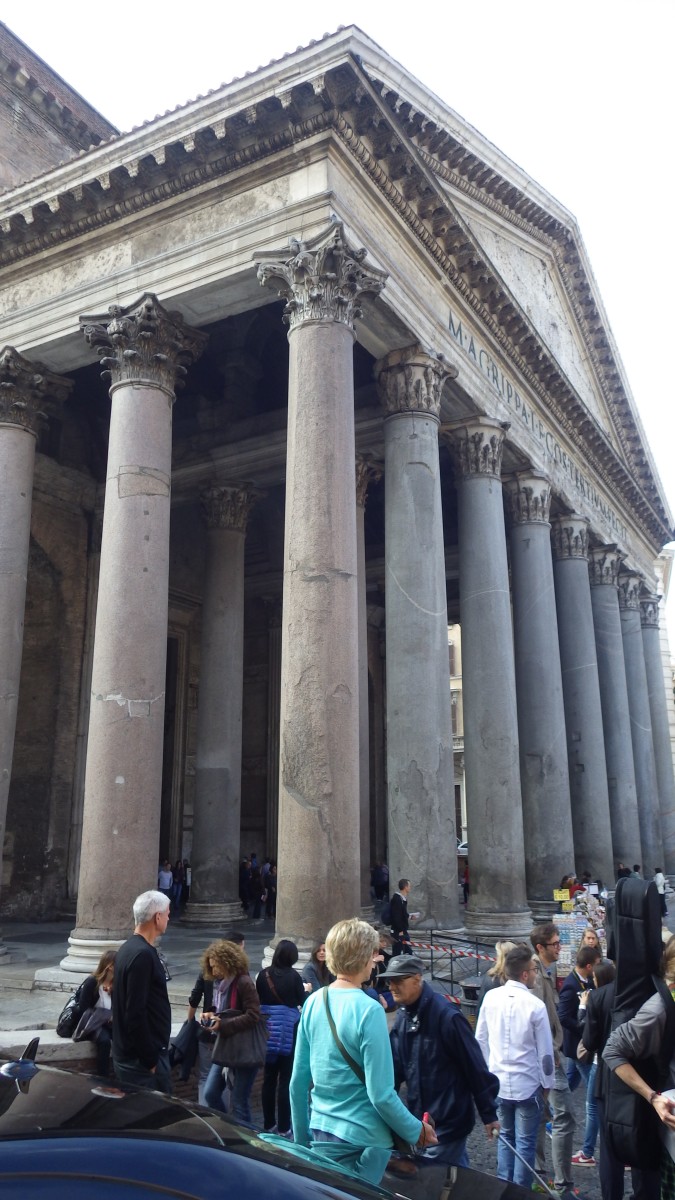






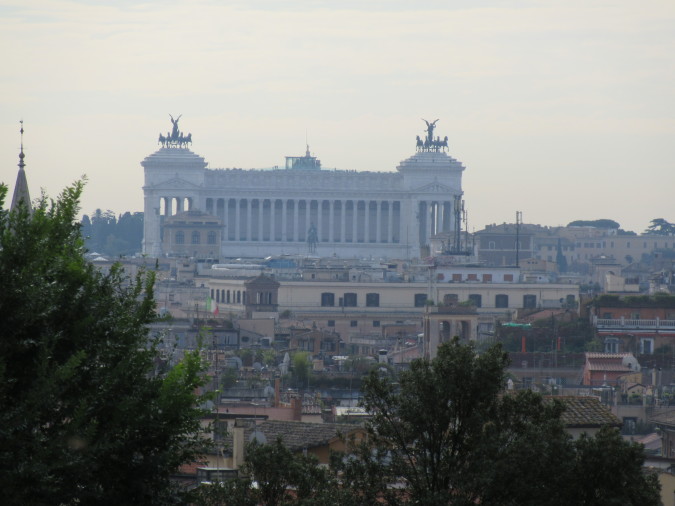
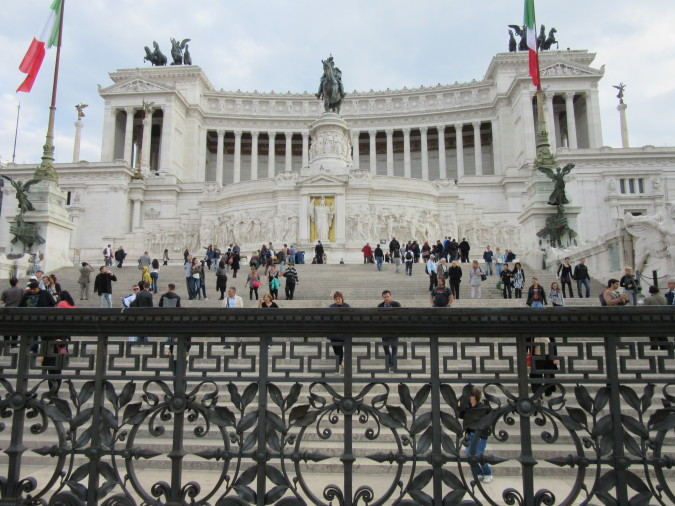












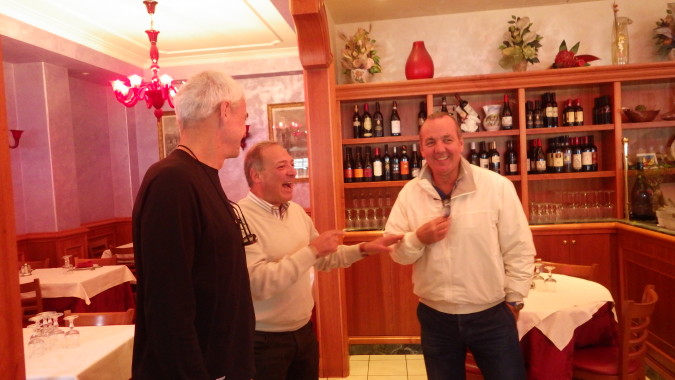
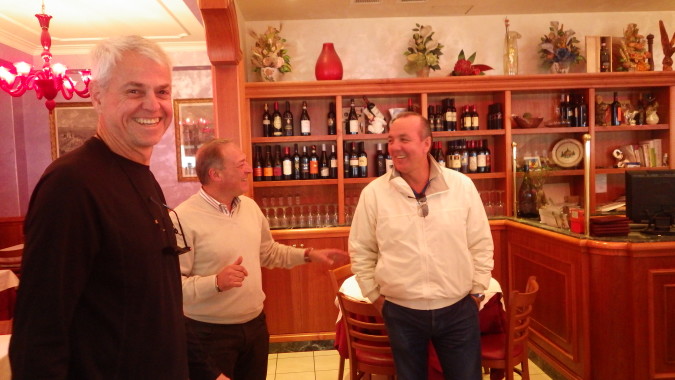



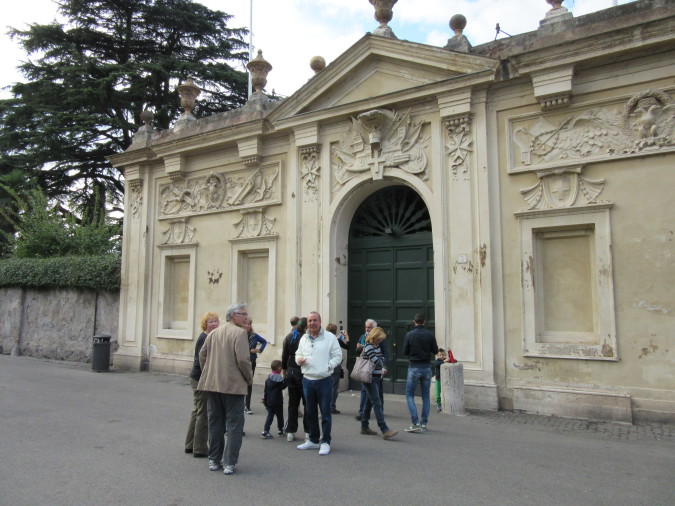
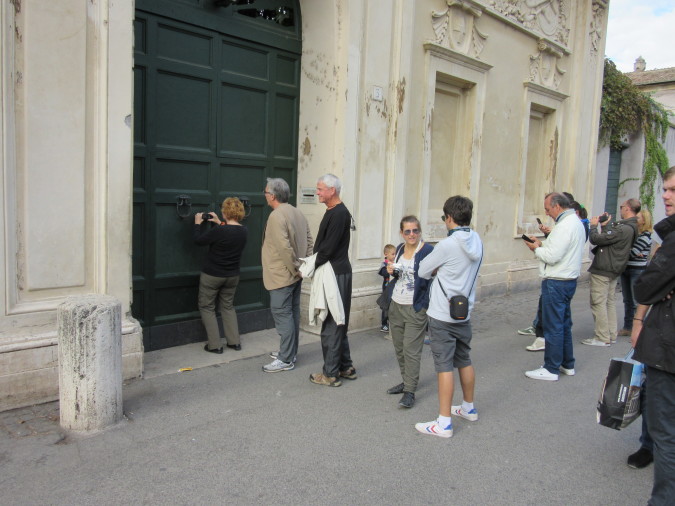







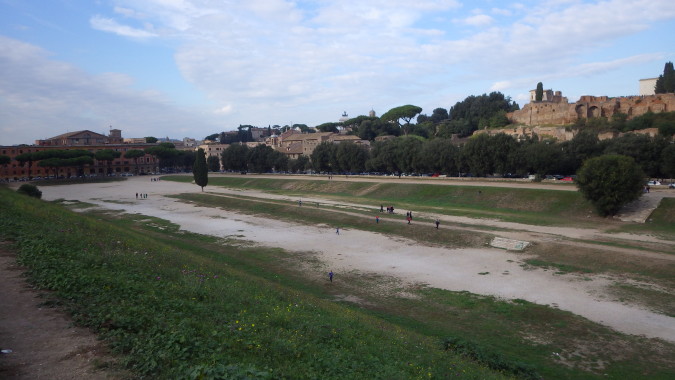
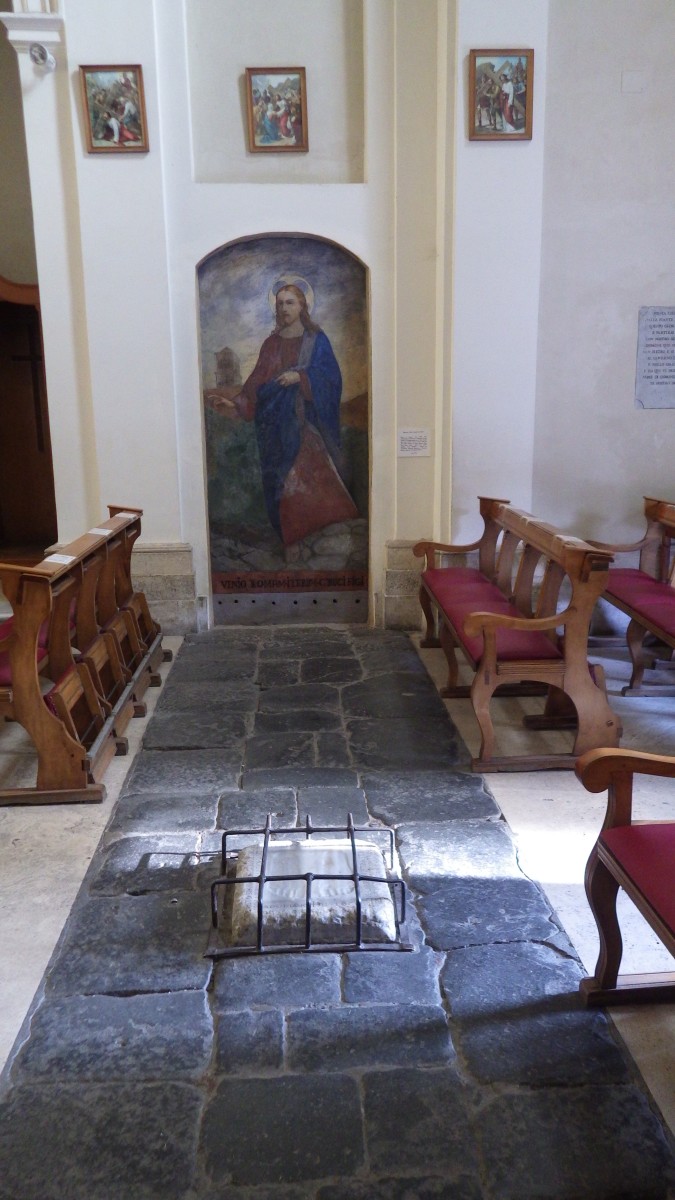


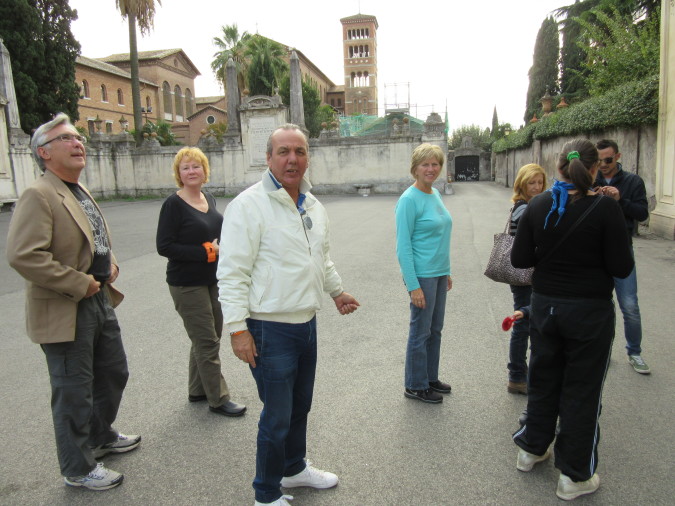
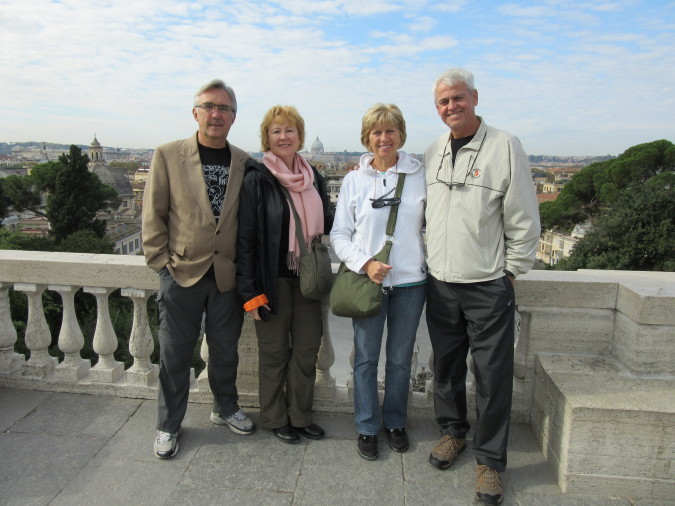
Leave A Comment